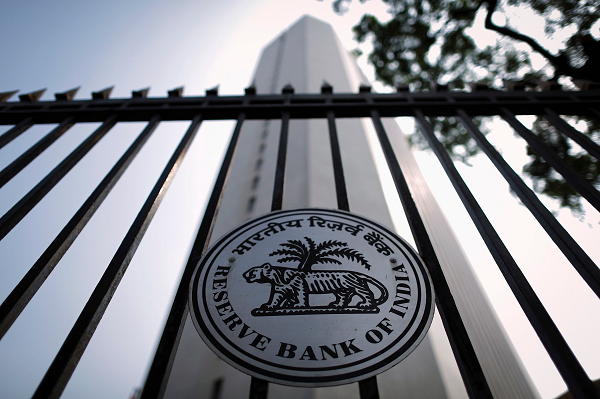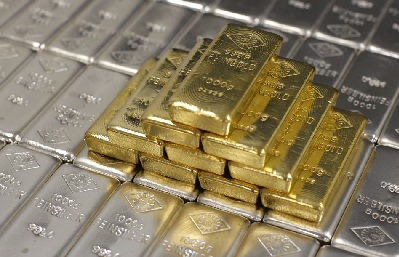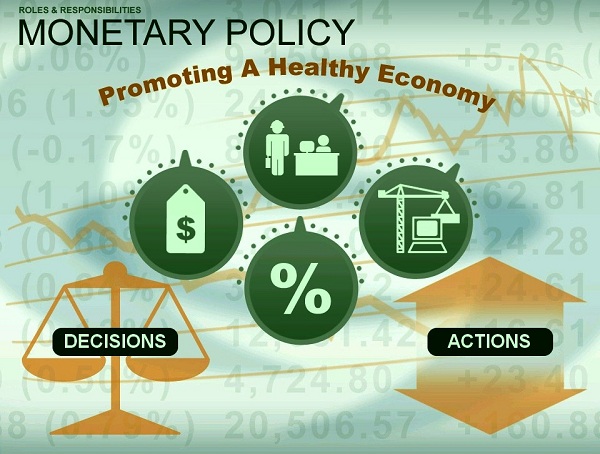
RBI expected to hold key interest rate on Wednesday
 Mumbai : The Reserve Bank of India (RBI) is expected to keep its key interest rate unchanged at its penultimate monetary policy review of the fiscal on Wednesday owing to higher inflation in October and a surge in oil prices, even as the reversal in the decline of GDP growth during the second quarter has eased pressure on the central bank to cut rates.
Mumbai : The Reserve Bank of India (RBI) is expected to keep its key interest rate unchanged at its penultimate monetary policy review of the fiscal on Wednesday owing to higher inflation in October and a surge in oil prices, even as the reversal in the decline of GDP growth during the second quarter has eased pressure on the central bank to cut rates.
At its previous bi-monthly policy review here in October, the RBI had maintained status quo on its repo, or short term lending rate for commercial banks, at six per cent, citing risks to inflation and uncertainties on the external and fiscal fronts.
The central bank had earlier, in August reduced the repo, or its repurchase rate by 0.25 percentage points to six per cent.
According to the minutes of October’s Monetary Policy Committee (MPC) meeting, Governor Urjit Patel said: “We have to be vigilant on account of uncertainties on the external and fiscal fronts; this calls for a cautious approach.”
Japanese financial services major Nomura said in a report that input cost pressures are marginally higher now, which along with higher food inflation is likely to push retail inflation slightly above the RBI’s target of four per cent in November and beyond.
“We expect a hawkish hold from the RBI..and policy rates to remain unchanged through 2018,” it said.
Data released in November showed that India’s annual rate of inflation based on wholesale prices (wholesale price index) rose to 3.59 per cent in October due to an exponential rise in food prices.
In addition, the consumer price index (CPI), or retail, inflation for October rose to 3.58 per cent from 3.28 per cent in September.
Domestic credit rating agency ICRA said the MPC would leave the repo rate unchanged at six per cent “in a non-unanimous decision in the December 2017 policy review, given the expectation of a further rise in the CPI inflation in the coming months”.
On the other hand in October, the central bank lowered the country’s growth projection for 2017-18, pegging the Gross Value Added (GVA) to 6.7 per cent, from earlier estimate of 7.3 per cent.
Declaring that inflation is expected to rise from the then-level of around 3.3 per cent “and range between 4.2-4.6 per cent in the second half of this year”, Patel said the MPC remains committed to keeping headline inflation close to four per cent “on a durable basis”.
Five members of the six-member MPC voted in favour of maintaining the key lending rate.
The MPC had expressed concern about the upside risks to inflation and that implementation of farm loan waivers by states may result in fiscal slippages resulting in upward pressure on prices.
“Although the domestic food price outlook remains largely stable, generalised momentum is building in prices of items excluding food, especially emanating from crude oil. The possibility of fiscal slippages may add to this momentum in the future,” it said.
Breaking a five-quarter slump, a rise in the manufacturing sector’s output pushed India’s growth rate higher to 6.3 per cent during the second quarter ending September, official data showed last week.
On a sequential basis, GDP growth for the second quarter went up to 6.3 per cent, from 5.7 per cent reported during the first quarter of 2017-18.
On the oil price front, the Indian basket, comprising 73 per cent sour-grade Dubai and Oman crudes, and the balance in sweet-grade Brent, regained the $60 a barrel level in November and closed trade on November 30 at $61.60.
—IANS


